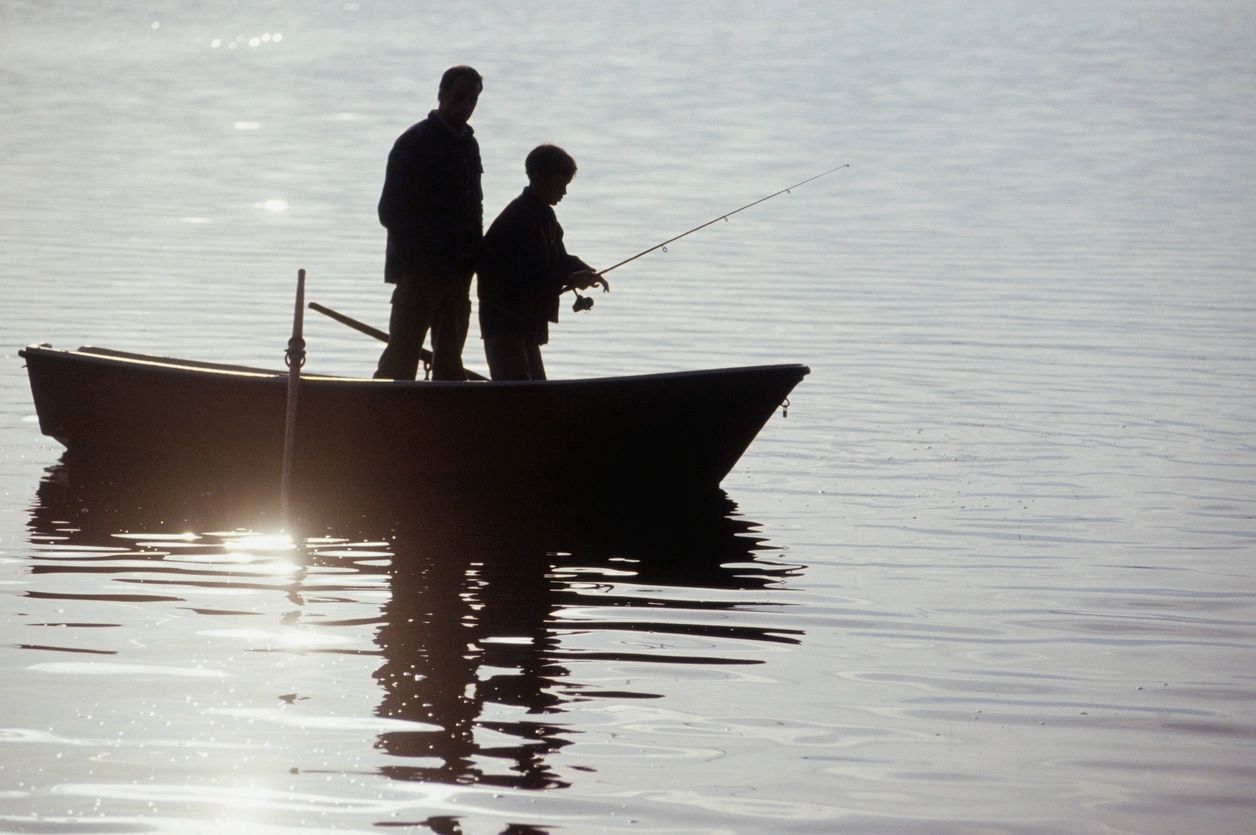West Virginia’s trout-fishing landscape could look a bit different next year.
Not only are Division of Natural Resources officials expected to put in place a new statewide trout management plan, they also are seeking changes to several existing trout-fishing regulations.
Probably the most significant of those would be a change to the dates during which anglers could catch and keep trout on delayed-harvest streams.
For those unfamiliar with the concept, delayed-harvest streams are those in which summertime water temperatures get warm enough to kill trout. The state currently manages two streams under those regulations — a 1-mile segment of Clear Fork in Wyoming County, and a 1.2-mile segment of Middle Wheeling Creek in Ohio County.
Anglers are allowed to keep trout from those streams between June 1 and Sept. 31. The rest of the year, the DNR manages the streams under catch-and-release regulations.
Those dates will change next year, provided the state Natural Resources Commission votes to approve the DNR’s proposal to open the streams between April 1 and Oct. 31.
Mark Scott, the agency’s fisheries chief, said those waters are now getting warm earlier than they once did, and he believes the change will give anglers more time to catch the trout out before the trout begin to die.
Scott also said he expects more delayed-harvest waters will be designated under the state’s new management plan.
DNR officials also want to remove special regulations on two stream segments, and to place them on another.
Under the agency’s proposal, the 0.9-mile catch-and-release segment of Shavers Fork that flows through the Stuart Recreation Area would be placed under general fishing regulations.
So would the 300-foot Woodbine Children and Class Q (handicapped) segment of the Cranberry River in Nicholas County.
Scott said that segment of Shavers Fork is shallow and gets quite warm during the summer months, and it also draws a lot of swimmers and float-tubers. The Woodbine section of the Cranberry, he said, is difficult for children and disabled anglers to negotiate.
Anglers who might lament the loss of those special-regulations areas might well applaud the DNR’s proposal to add 4,400 feet of stream to the Fly Fishing Only segment of Second Creek in Monroe County.
The current fly-only stretch is 1.5 miles long. The new segment will begin at the downstream end of the current one, and will lengthen the fishery to a total of 2.3 miles.
Scott said the landowner who owns the 4,400-foot segment approached the DNR and offered to allow access. The addition should help to reduce fishing pressure on the stream, which can be intense during the prime fly-fishing months of April and May.
The final proposed regulation change, if approved, will simply add tiger trout to the list of fish covered by the state’s fishing regulations.
Tiger trout are hybrid fish, created by fertilizing the eggs of brown trout with milt from brook trout. The resulting fish cannot reproduce, but they are popular among anglers because they bite more readily than brown trout and grow considerably larger than brook trout.
Scott said the failure to add tigers to the regulations was “really just an oversight, and one we need to correct.”
Reach John McCoy at [email protected], 304-348-1231, or follow
@GazMailOutdoors on Twitter.
URL:


